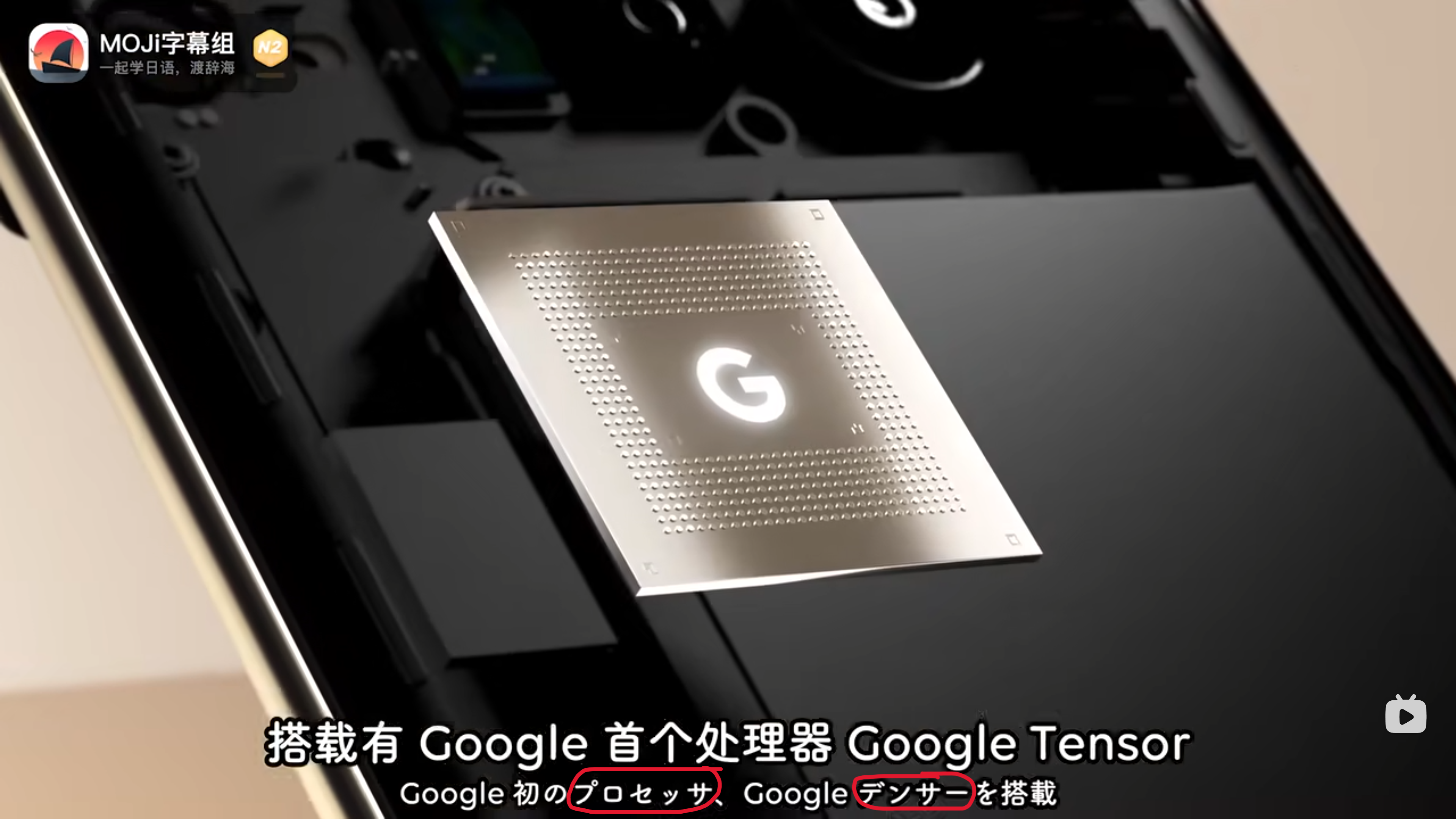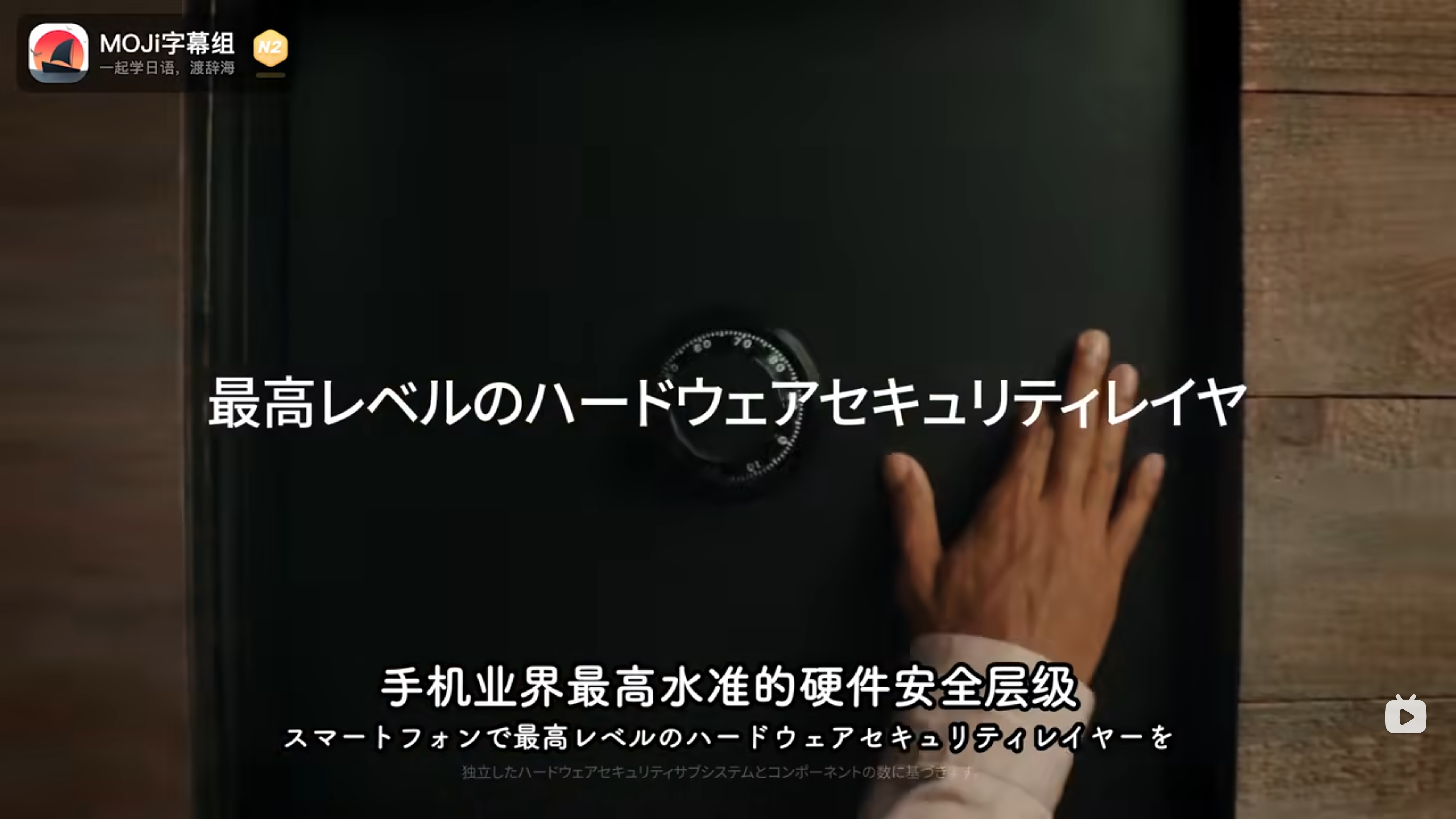Katakana Hell? Something Interesting About Katakana
Reference: Google Pixel 6 Ad in Japanese: https://www.bilibili.com/video/BV1Tu411f7ga/
Note: this video is originated from Youtube, but its Youtube link (https://youtu.be/Cn1R92bInnc) seems unavailable now. So I put a Bilibili link here. Bilibili is a video and streaming website mainly for users in China.
For my personal case, I learned a little Japanese before, and the memory about Hiragana has been gradually coming back. However, Katakana is not the same story. In the past, I didn't memorize Katakana well, and now I simply forget even more about it. Therefore, I find it essential to spend more time learning Katakana. Today I would like to share a short video of advertisement that contains a LOT of Katakana.
Katakana is widely used to express foreign words. However, it only simulates the sound of the original words, and has no connection with native parts of Japanese. This makes Katakana words confusing: you may need to figure out what it simulates first.
I got a screenshot as an example:
Here, プロセッサ and テンサー are two words with Katakana. From the pronunciation, it can be guessed that the first one "purosessa" is actually processor, and the second one "tensaa" is tensor.
A knowledge here: for Katakana, "ー" instead of corresponding "あ/い/う/え/お" is used for long vowels.
Some more examples:
- お父さん おとうさん (otousan; father)
- ノート (nooto; note)
These two both extends "o" sound, but in a different way.
This one may not be quite difficult, but when something like this 1-minute video uses so many Katakana to "translate", things would be quite different.
This is when a hell of Katakana puts together:
スマートフォンで最高レブルのハードウェアセキュリティレイヤーを
sumaatohuon de saikou reburu no haadouea sekyuritei reiaa wo
The highest level of hardware security layer for smartphones
No wonder so many Japanese learners called it "Katakana hell" in the comments of this video.
But anyway, this is indeed how Katakana is supposed to be used for. It is still quite interesting for me to learn more about Katakana through this case.



It is interesting how Japanese uses three alphabets. I wonder especially how these alphabets originally came about, as it seems somewhat unnatural, at least in my western perspective, to invent new characters for different purposes of the same sounds.
ReplyDeleteThank you for your question. I posted the answer in a new page. Looking forward to your feedback!
DeleteLink: https://yguo6-jp-learning.blogspot.com/2023/01/kanji-hiragana-and-katakana-where-did.html
It does seem kindof confusing. I'm not sure how katakana words are created from a Japanese perspective. I would assume that they take the sounds from the foreign language and try to piece it together using their own sounds and alphabet which, when translated back to the foreign language, could be slightly off.
ReplyDeleteThat's basically the case, and the problem is sometimes pieced sounds are super off...
DeleteE.g., control - コントロール kontorooru
Sorry for a mistake: お父さん おとうさん otousan is father instead of mother.
ReplyDelete